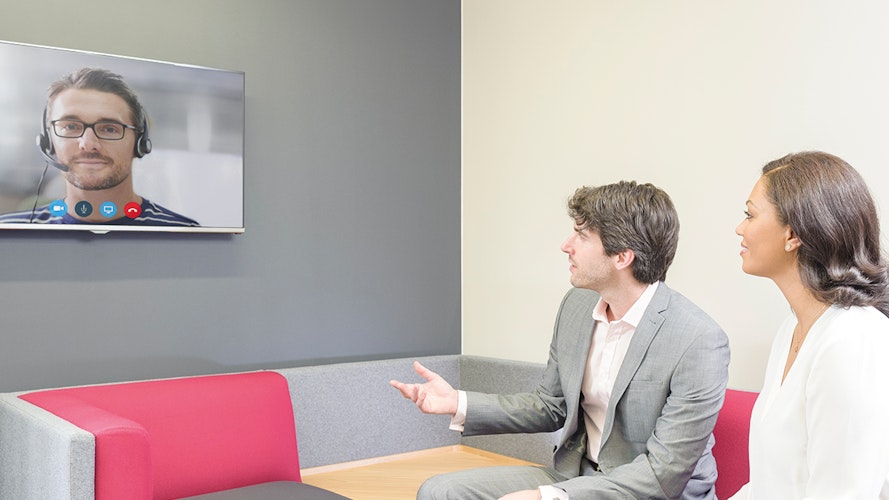Filtering out reality: the next leap for video integrated meetings
A necessary work tool or a gimmick detracting from real work? How far do filters integrated in video conferencing systems go to improve appearance create a sense of empowerment and confidence in workers?
Filters are the cornerstone of common practice for pre-publishing on social media in today’s society. Pictures posted to news feeds on platforms such as Instagram and Snapchat quickly become discarded if they don’t feature artificial dog ears or flower crowns. They are a popular tool used mostly by millennials to cover up blemishes or imperfections – but what role do they play in the workplace?
Video integration software systems such as Zoom have integrated features to ‘touch up appearance’. This is not to say that, in a professional video meeting, participants will suddenly sprout dog ears or have a luminescent glow framing their face. But with the push of a ‘Touch up my Appearance’ button, blemishes and facial lines can quickly be eliminated to your colleagues on the other side of the video, who are oblivious to this digital wizardry.
This is a novel approach in the workplace, and one which is increasingly familiar to younger working generations. But as filters are introduced to the workplace market, the big question is: why? Are these filters really necessary for video conferencing in the future?
Casual and remote working
As people demand and require more autonomy in their work life, agile and remote working is becoming the norm. Employees are spending more time in home offices, coffee shops and coworking spaces, which typically offer a more relaxed environment. These settings are also triggering more ad-hoc meetings, and apps like Skype for Business are playing an important role in this.
In environments where people feel relaxed and dress down but can be caught up in a video meeting at any point, the filter features allow them to feel like they can be presented for a formal meeting situation.
Dress to impress
What we wear can often have a direct impact on how we feel, hence the term ‘power suit’ in women’s fashion. A power suit is designed to evoke a sense of empowerment in the office environment. But many workplaces are turning away from formal dress in favour of casual wear in the workplace. As formal wear becomes less vogue, does this also apply to video meetings? If so, why is there a need to introduce filters?
Why not?
Perhaps the question should not be ‘why’, but instead ‘why not?’ Video integrated meetings are more and more prevalent in today’s working environment – creating, joining and engaging in video meetings should be an effortless task, and if a quick spruce of appearance can be achieved at the click of a button, then why not?
A good perception of appearance can enhance confidence and presence, and make for a more productive and engaging meeting. It should not, however, deter from the overall meeting discussion or detract from the purpose of the call.
So are video meeting filters a good tool to create a sense of empowerment, or are they infantilising a society that is becoming too appearance-obsessed?








